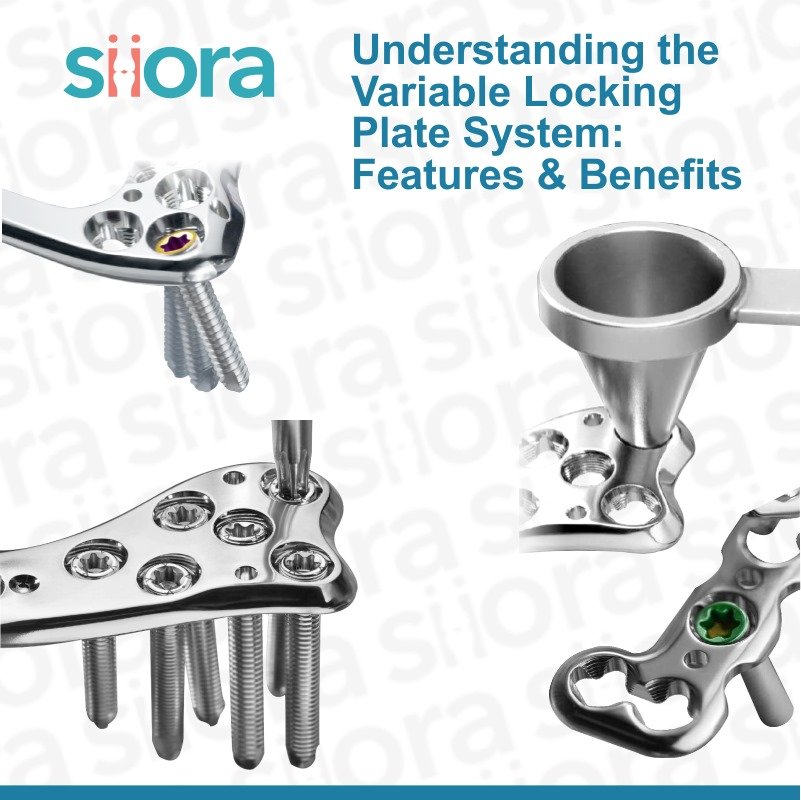Hands cannot perform its routine tasks without the use of the wrists. Hence, older individuals, who experience arthritis undergo various rehabilitative, non-invasive treatments. This is to restore all or most wrist functions as soon as possible.
Unfortunately, cases of severe arthritis may cause patients to suffer from extreme pain and lose all functions of the wrist. It may also render the wrist unresponsive to non-surgical forms. This is where total wrist replacement comes in, also called wrist arthroplasty. Orthopedic instrument manufacturers provide orthopedic implants and medical devices to carry out the procedure of wrist arthroplasty.
Wrist Arthroplasty Surgery
The wrist is a complex network of bones, cartilage, and ligaments. Each play a role in the smooth movement of the wrist. When the cartilage is worn away because of disease, injury, or infection, the bones of the wrist begin to rub against each other, causing unnatural wear on the ends. This is known as arthritis, which interferes with your ability to grasp objects.
Wrist arthroplasty involves removal of the damaged ends of the bones and replacing them with a synthetic joint, also called prosthesis. The prosthesis is made from medical-grade metal and high-quality plastic polythene and is intended to closely resemble the anatomy of the wrist.
The surgery can be performed under local anesthesia or general anesthesia, depending on one’s needs or preferences. An important point to note here is that modern wrist arthroplasty is performed on an outpatient basis.
Wrist Arthroplasty Rehabilitation
The first few weeks after surgery are spent wearing a cast. This keeps the wrist in a neutral position to avoid swelling. Once the cast is removed, for the next 6 to 8 weeks, the patient must wear a protective splint. Total wrist arthroplasty rehabilitation spans anywhere from 3 to 6 months, restoring approximately 50% of healthy movement. The prosthesis lasts up to 15 years, depending on the physical demands of your everyday activities.
To prolong the life of prosthesis as well as resolve any complications at the point of time they occur, following up with orthopedic surgeon throughout recovery and every following year is the key to success. One also needs to work with a qualified physical therapist on pain management, and, eventually, exercises that restore endurance, strength, and range of motion.








